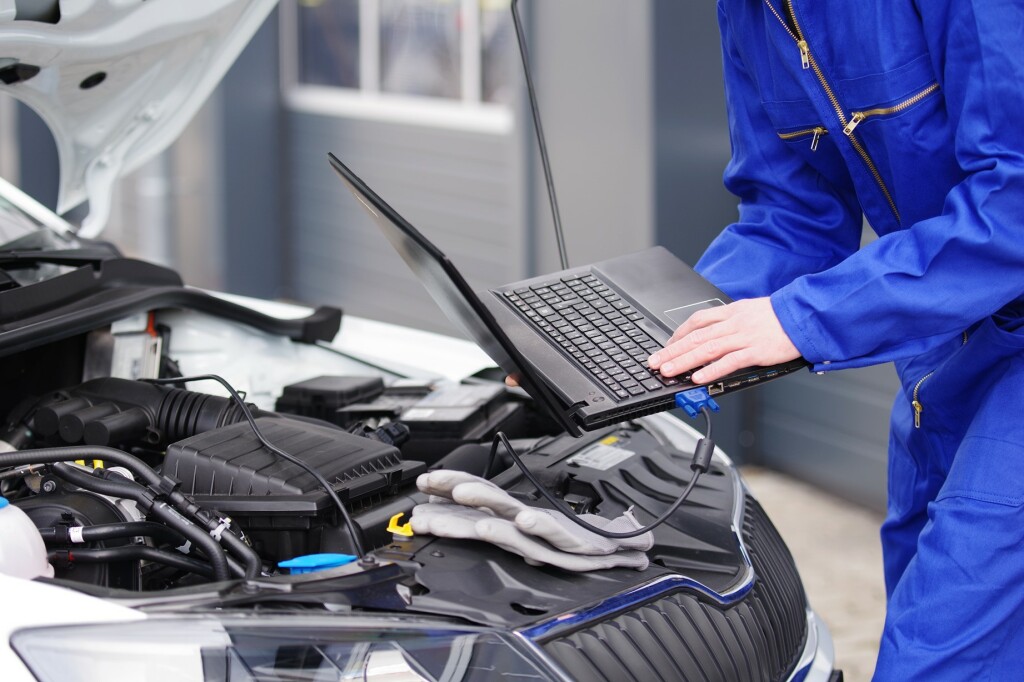
There’s a lot that can be done with car insurance. Insurance can help cover everything from property theft to treating injuries that result from a car accident.
Car insurance may also help drivers cover others’ injuries in accidents or even help recover money lost by extended breaks in employment due to medical conditions.
There’s also the fact that car insurance is required in order to drive in most states.
But car insurance doesn’t cover everything; Cars Protection Plus reports that it’s not a catch-all solution for all issues related to one’s vehicle. Quite commonly, many find that car insurance may provide very limited assistance in covering expensive repairs, and opt for vehicle service plans.
Coverage vs. Non-Coverage
Car insurance coverage limitations do not mean that drivers always need to hastily find other ways to offset these limits.
In most cases, insurance will help cover costs related to repairs after a collision or other car-related incidents such as a fire or theft.
The level of coverage varies depending on the insurance company, the driver-selected levels of assistance, and even one’s own driving history.
What’s almost never covered by car insurance are some of the most routine payments drivers must handle throughout the life of a car. This includes general maintenance like changing the oil or electrical failures. Drivers often find that they need to pay out of pocket for such incidents.
Options for Covering Costs When Insurance Does Not
While many drivers often find themselves paying out of pocket for routine maintenance or other car repairs, it’s not the only way to go when covering costs not addressed by insurance.
Service warranties are a popular way to help cover extensive repairs and mechanical breakdowns. Warranties usually cover specific repairs, such as those involving certain parts of a car, and they are often included when buying a new car.
They can also traditionally only help for a set amount of time, or up to a specified mileage.
Keeping emergency savings is another way to go. While AAA estimates that car repairs on average cost about $600, some repairs can frequently reach thousands of dollars.
For example, replacing an engine can go as high as $7,500. However, the pain of expensive repairs can often be eased by drivers maintaining an emergency savings account.
Such an account may also be needed to help cover hospital bills, lost work wages, or the need for new transportation. Roadside assistance is another option, and members of different roadside assistance organizations often find that issues like tire changes and dead batteries are covered in full as needed.

An Overlooked Way to Cover Costs
Drivers who still need help protecting their vehicles may also benefit from a car protection package. Vehicle service packages give drivers access to affordable assistance for many types of repairs through an extensive slate of service contracts.
Such contracts vary in coverage and length of assistance depending on an individual’s needs. They can also generally be used at different dealers across the United States (and various plans can be used at dealerships throughout the US for repairs).
Such plans are another way for drivers to protect themselves — and their wallets — from major repairs that their required insurance may not be able to assist with. They offer peace of mind when car insurance does not.














